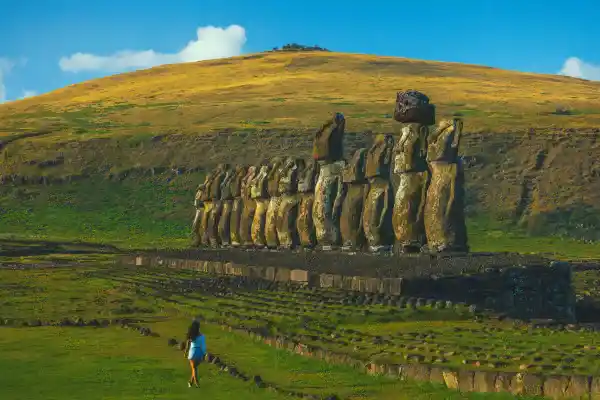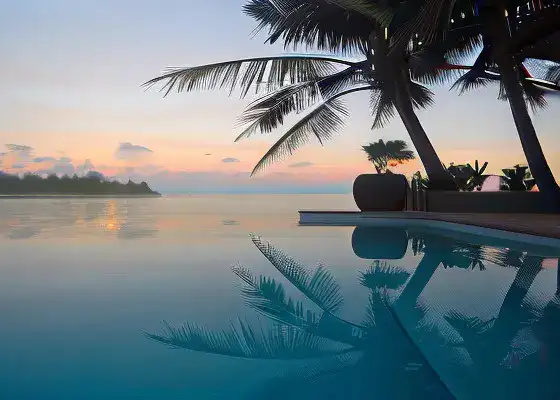Rapa Nui, a tiny volcanic island in the Pacific Ocean, is most famous for its towering moai statues, but for dancers, it’s also a living stage where tradition, rhythm, and movement blend with breathtaking natural scenery.
🗓️ When to Go
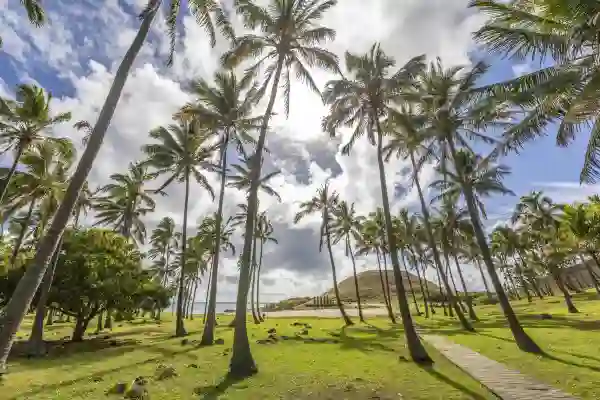
-
Best Time (February) – The Tapati Rapa Nui Festival takes over the island. For two weeks, visitors can witness or join daily competitions, body painting, and powerful dance shows.
-
Other Great Times (April–June & September–November) – Mild weather, fewer tourists, and regular dance performances in Hanga Roa.
-
Winter Season (July–August) – Windier and rainier, but indoor dance shows continue.
🌤️ Weather on Rapa Nui
-
Subtropical climate – Warm and humid, but tempered by ocean winds.
-
Average temperatures:
-
Summer (Dec–Mar): 24–28°C (75–82°F)
-
Winter (Jun–Aug): 18–22°C (64–72°F)
-
-
Rainfall is scattered year-round, so pack a light rain jacket even in summer.
-
Best for dancers: Summer and shoulder seasons, when outdoor performances and beach gatherings are most frequent.
📜 A Brief History of Rapa Nui
-
Settlement – Polynesian voyagers arrived around the 12th century, bringing with them their traditions of navigation, agriculture, music, and dance.
-
Moai Construction – Between 1100–1600, the Rapa Nui carved and erected nearly 900 moai statues to honor ancestors.
-
European Contact – In 1722, the first Europeans arrived, bringing dramatic cultural changes and hardships.
-
Cultural Revival – Today, dance and music are central to the island’s identity, proudly showcased at festivals and daily performances.
🌺 Traditions of Rapa Nui
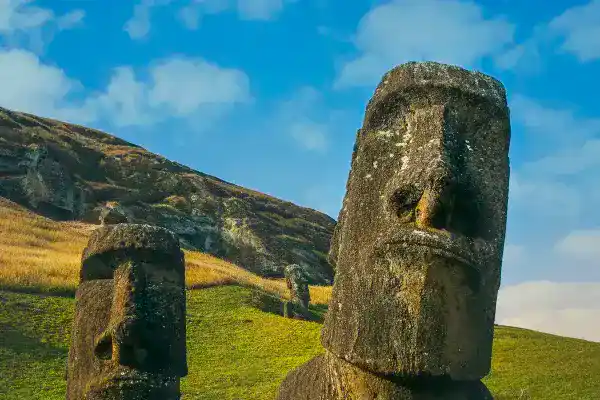
-
Ancestral Worship – Dance and chant were integral to ceremonies honoring spirits and ancestors.
-
Oral Storytelling – Movement, drumming, and song preserved history in the absence of a written language.
-
Tapati Festival – A continuation of ancient competitions between clans, celebrating strength, beauty, music, and dance.
-
Body Painting (Kie’a) – Red, white, and black pigments are used in traditional dances, often paired with feather headdresses and necklaces.
💃 Traditional Dances of Rapa Nui
Rapa Nui dance styles combine strength, sensuality, and storytelling. Each movement often represents nature, daily life, or historical events.
-
Sau-Sau – A joyful couples’ dance introduced from Samoa but adapted into a Rapa Nui favorite. Fluid hip movements and playful steps make it a lively social dance.
-
Ula-Ula – A Polynesian-style dance with fast hip shaking, drumming, and vibrant costumes.
-
Kai-Kai – A string-figure dance, performed mainly by women, telling stories through body movements and woven patterns.
-
Hoko – A war dance similar to the Maori haka, performed by men to showcase power and unity.
👗 Traditional Clothing
Dance costumes are a key part of Rapa Nui’s vibrant performances:
-
Natural Materials – Outfits are made from feathers, shells, tapa cloth (bark cloth), and fibers from banana trees.
-
Headdresses (Mahute & Pukao) – Feathered crowns or headpieces highlight the dancer’s rank and role.
-
Body Paint – Geometric or symbolic designs in white, red, and black pigments, often combined with tattoos.
-
Dance Attire – Women often wear grass skirts (hami) with coconut tops or feather bustiers, while men perform bare-chested with decorated loincloths.
🌋 Natural Attractions for Dancers
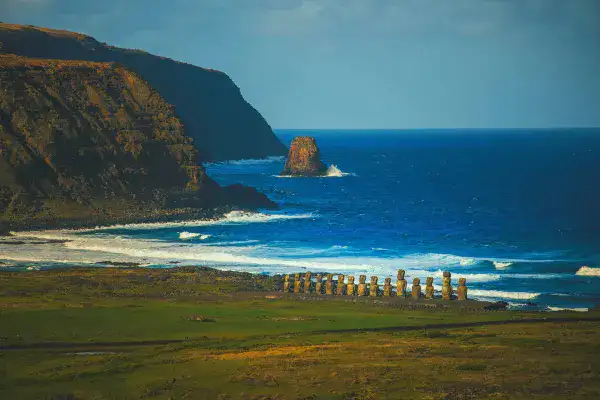
-
Rano Raraku Quarry – A hauntingly beautiful site filled with half-carved moai; an inspiring place for reflection and movement.
-
Anakena Beach – A stage of white sand and turquoise water where many cultural shows are held.
-
Orongo & Rano Kau Crater – Once the site of the Birdman cult, these cliffs provide panoramic views for powerful dance rituals.
-
Ahu Tongariki – The iconic platform of 15 moai, often used as a backdrop for festivals and performances.
🎭 Cultural Experiences & Dance Festivals
-
Tapati Rapa Nui Festival (February) – The highlight of the island’s cultural calendar, blending traditional dance, canoe racing, and ancestral games.
-
Nightly Dance Shows in Hanga Roa – Cultural troupes such as Ballet Kari Kari and Ballet Vai Te Mihi put on spectacular performances.
-
Dance Workshops – Visitors can join beginner-friendly lessons to learn sau-sau or haka-style movements.
🧭 Travel Tips for Dance Lovers
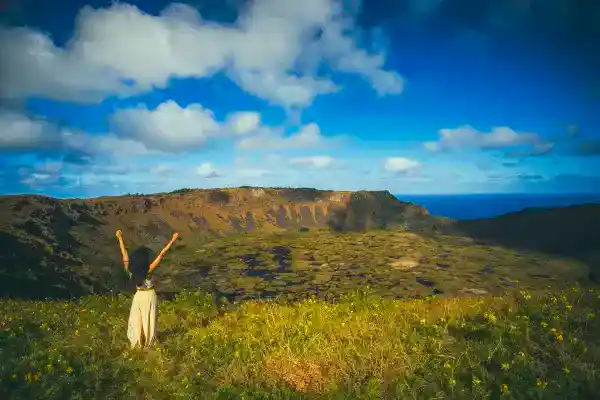
-
Reserve Tapati tickets early – The island fills quickly in February.
-
Stay near Hanga Roa – Most dance shows and workshops are centered here.
-
Pack lightweight clothes – Plus a rain jacket, as showers can arrive suddenly.
-
Be respectful – Join in, but remember that some dances carry sacred meaning.
🌴 Local Insights
-
Dance is a family affair; many children grow up learning movements from parents and grandparents.
-
Islanders encourage visitors to participate—it’s seen as a way of honoring Rapa Nui culture.
-
The rhythms of the pahu drum and ukulele are the heartbeat of the island’s dance life.
🕺 Where to Dance in Rapa Nui
-
Hanga Roa Theaters & Cultural Shows – Experience the island’s best dance troupes.
-
Anakena Beach – Join spontaneous community dances during weekends or festivals.
-
Tahai Ceremonial Complex – At sunset, visitors and locals sometimes gather to drum, chant, and dance.
-
Festival Grounds (Tapati) – Street parades and public performances where anyone can join.
✨ On Rapa Nui, every movement tells a story—of the sea, the ancestors, and the island’s enduring spirit. For a dance enthusiast, it’s not just a place to visit, but a rhythm to live.
🗓️ 7-Day Dance-Focused Itinerary for Rapa Nui
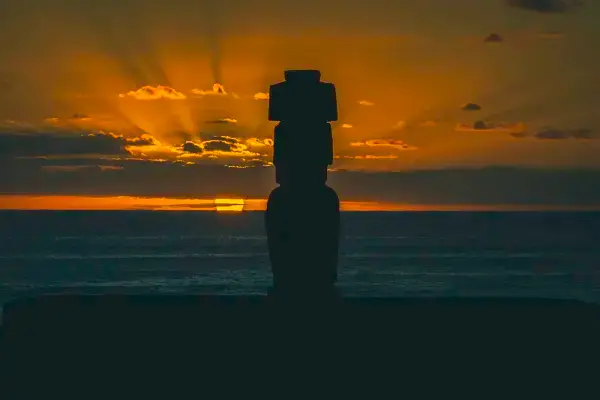
Day 1 – Arrival & First Rhythms
-
Morning/Afternoon: Arrive in Hanga Roa. Check into your accommodation and take a light walk through the town.
-
Evening: Attend your first cultural dance show with Ballet Kari Kari or Ballet Vai Te Mihi. Watch the sau-sau, hoko, and ula-ula performed with live drumming.
Day 2 – Sacred Sites & Sunset Dance
-
Morning: Guided tour of Rano Raraku Quarry (moai birthplace) and Ahu Tongariki, the platform with 15 statues.
-
Afternoon: Free time to relax or practice movement at your own pace.
-
Evening: Head to the Tahai Ceremonial Complex for sunset. Often, locals gather to drum and dance—you can join in informal circles.
Day 3 – Learning the Movements
-
Morning: Join a dance workshop in Hanga Roa, learning sau-sau steps and Polynesian hip movements.
-
Afternoon: Visit Orongo Village and Rano Kau Crater, once home to the Birdman ritual. Great spot for practice or improvisational dance with incredible views.
-
Evening: Enjoy a casual dinner at a local peña (community music house), where spontaneous music and dance often happen.
Day 4 – Beach Day & Polynesian Flow
-
Morning: Spend the day at Anakena Beach. Swim, relax, and watch for local dance or drumming groups who sometimes gather here.
-
Afternoon: Try practicing your own choreography on the sand, inspired by the sea and palm trees.
-
Evening: Attend another dance performance (each troupe tells a slightly different story).
Day 5 – Traditions & Body Expression
-
Morning: Learn about Rapa Nui traditions—join a body painting (kie’a) experience, where locals decorate dancers with symbolic designs.
-
Afternoon: Visit Ahu Akivi, the only moai facing the ocean. Use this site for meditative dance reflection.
-
Evening: Participate in a community gathering if available—sometimes workshops or social dances are open to visitors.
Day 6 – Tapati Spirit (Festival Immersion in February)
(If visiting in February)
-
Morning to Evening: Dive into Tapati Festival events—canoe races, ancestral games, storytelling, and nightly dance competitions.
(If visiting outside February) -
Morning: Trek to Poike Peninsula, the oldest part of the island, where legends and myths inspire dance.
-
Evening: Host your own dance circle with fellow travelers on Anakena Beach or at Tahai.
Day 7 – Farewell with Dance
-
Morning: Free time for last shopping at Hanga Roa markets—look for traditional dance costumes, feather accessories, or handmade drums.
-
Afternoon: Final walk by the sea. Many travelers like to create a farewell dance video against the moai backdrop.
-
Evening: Departure, carrying the rhythm of Rapa Nui with you.
🌺 Extra Tips for Dancers
-
Film your dances at natural sites (but avoid climbing or touching moai). The landscapes provide cinematic backdrops.
-
Engage with locals—many are happy to share a step or two if you ask respectfully.
-
Travel in February if possible—Tapati is the ultimate dance immersion.
-
Stay flexible—sometimes the best dance experiences are unplanned, like joining a drumming circle on the beach.
✨ By the end of the week, you won’t just have seen Rapa Nui—you’ll have danced with it.
Our selection of hotels
High budgets
1 – Nayara Hangaroa
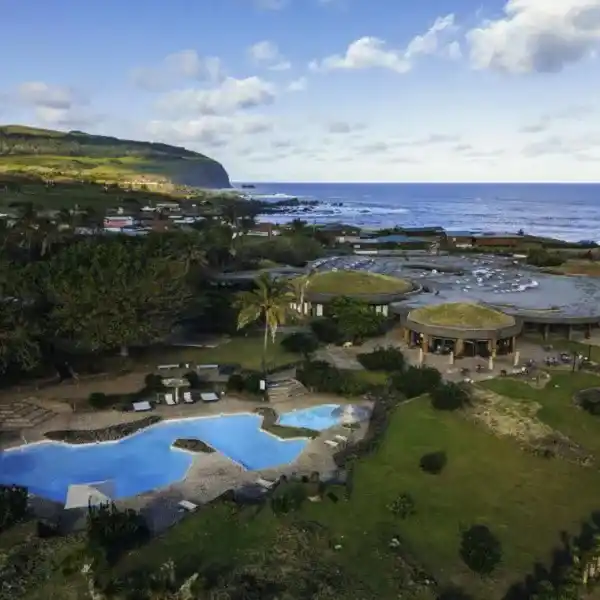
2- Hotel Ohana Rapa Nui
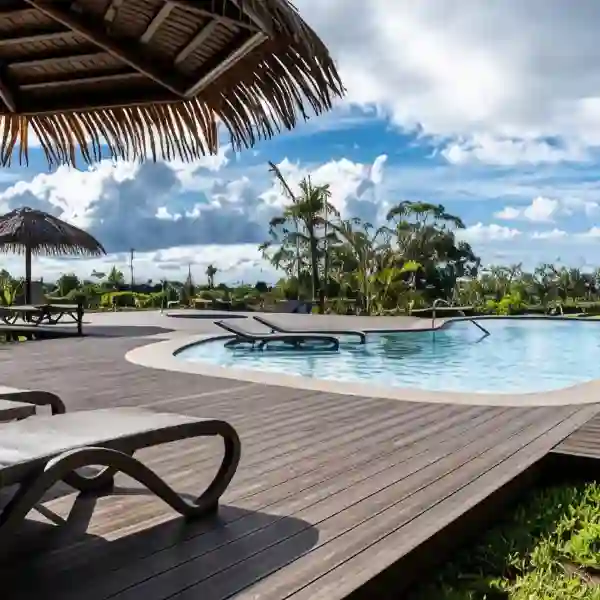
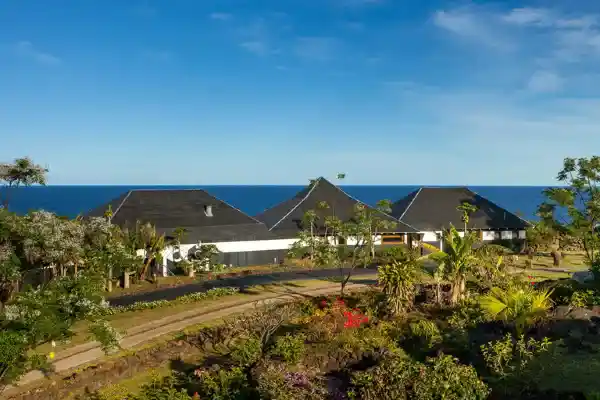
Low budgets
1 – Turismo Vinapu
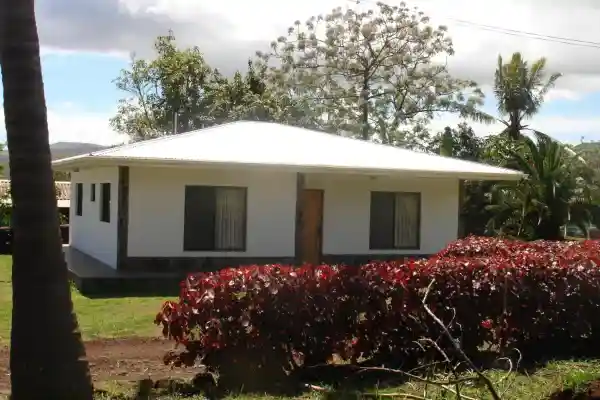
2 – Hotel Uka Mana
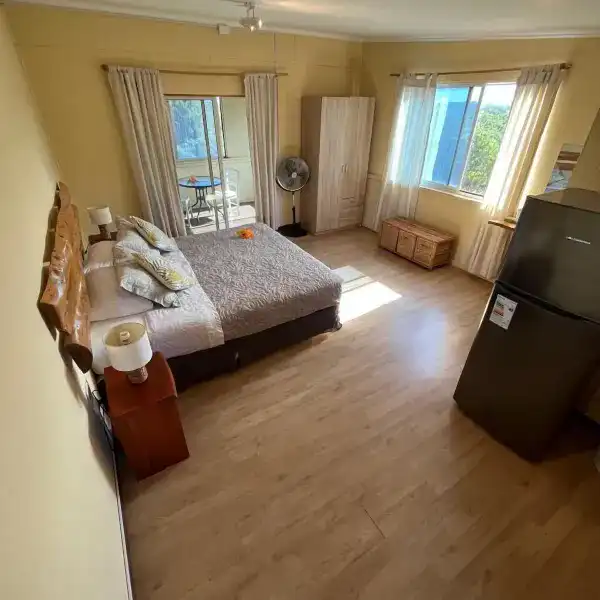

🌴 Why Visit Rapa Nui?
Rapa Nui (Easter Island) is one of the world’s most remote and enchanting destinations, where mystery, culture, and nature meet. Famous for its iconic moai statues, the island is also alive with Polynesian traditions, vibrant dance, and breathtaking volcanic landscapes. From sacred sites and turquoise beaches to the powerful rhythms of the Tapati Festival, Rapa Nui offers more than a trip—it’s a journey into living history. Whether you come to dance, explore, or simply feel the island’s spirit, Rapa Nui is a place that moves both body and soul.
